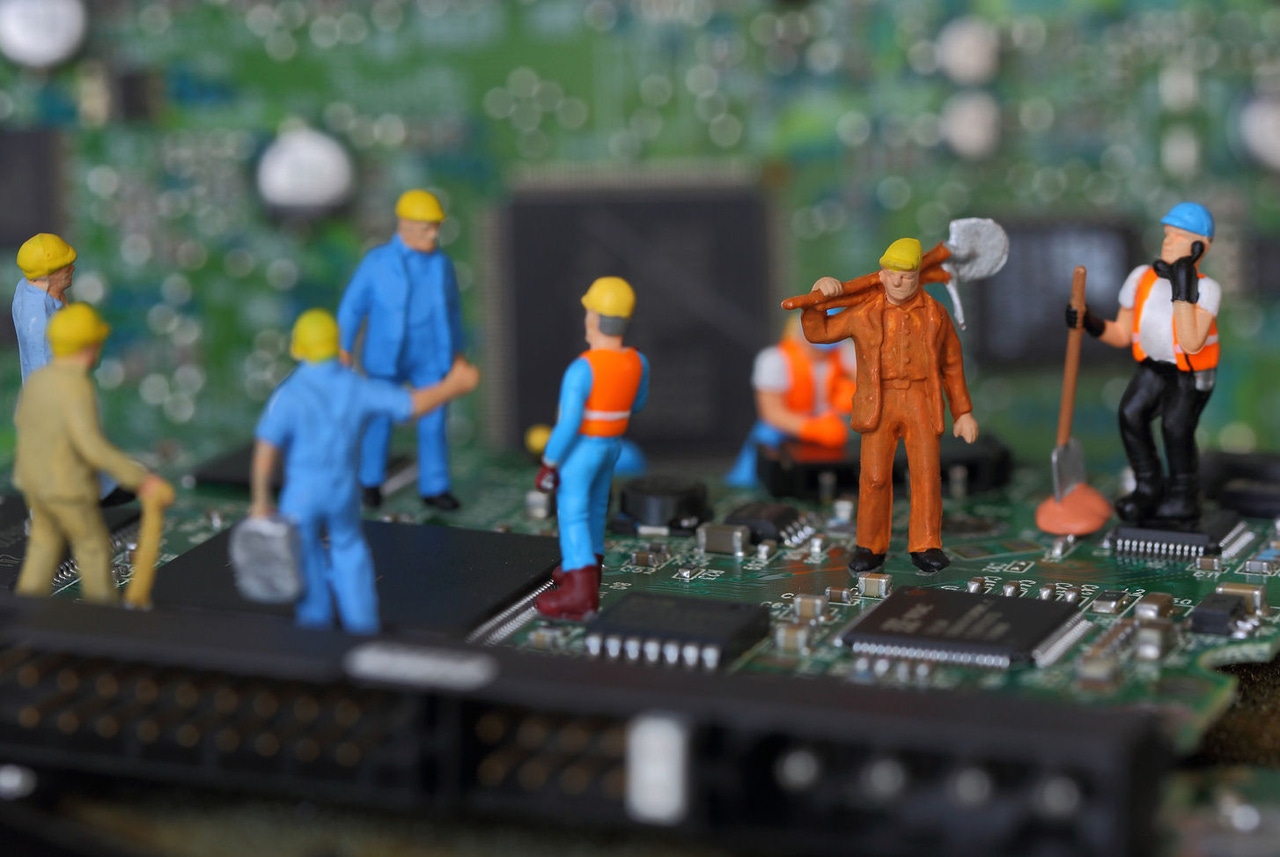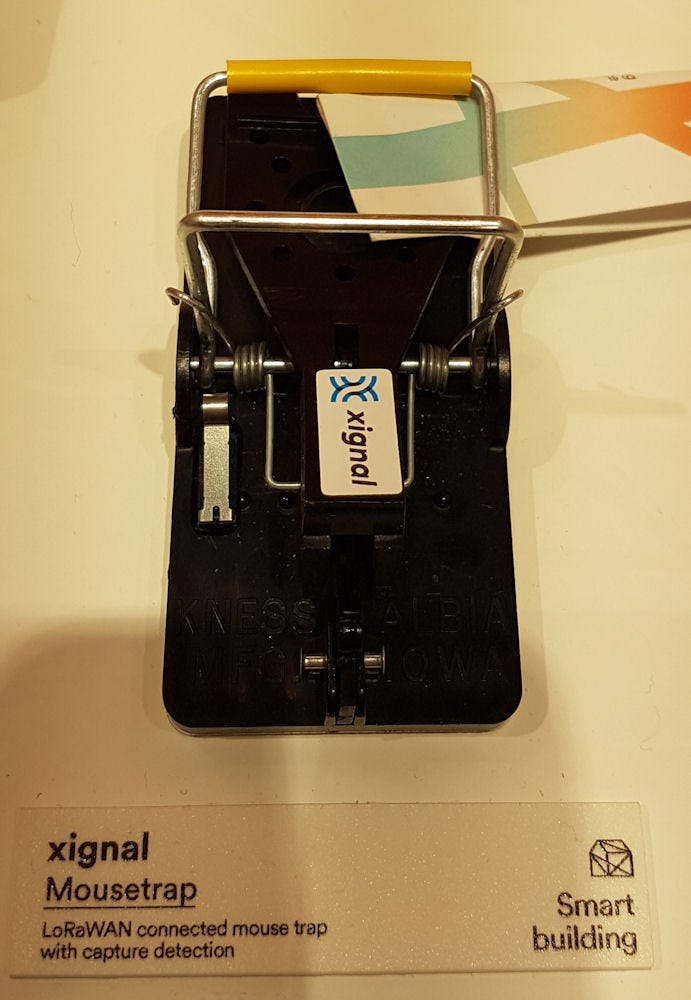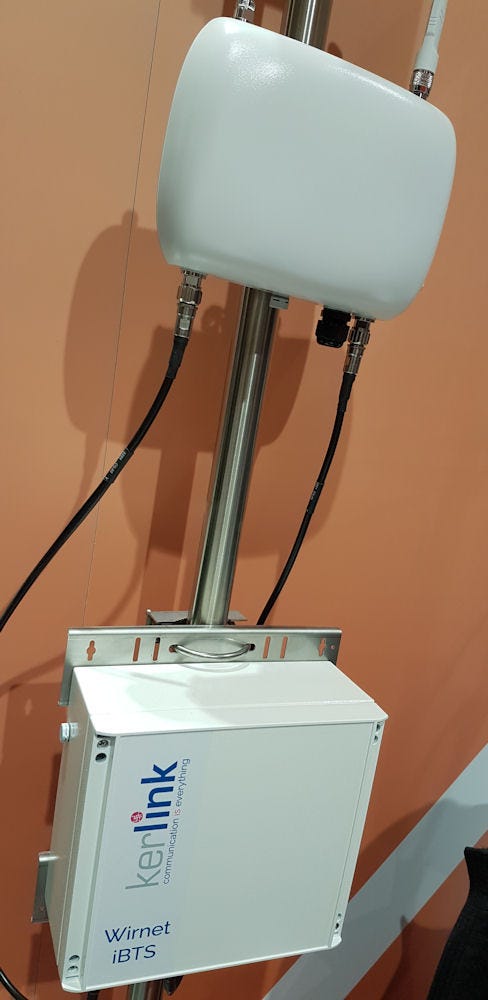IoT finally grows up and gets real
The word on the show floor at MWC 2017 is that tech megatrend IoT is finally moving on from the years of hype and is delivering commercially.
March 2, 2017

The word on the show floor at MWC 2017 is that tech megatrend IoT is finally moving on from the years of hype and is delivering commercially.
Speaking to Telecoms.com at the event Olivier Hersent, CTO and Founder of IoT specialist Actility, revealed his company’s evolution mirrors that of the broader industry in that his focus is very much on monetization now, with any talk of scale irrelevant unless you get that in place. “What is zero multiplied by several billion?” he said.
Actility was previously more focused on the radio access part of the IoT puzzle, with a strong affiliation to the LoRa LPWAN technology, but now it sees itself as more of an enabling platform, with a focus on ensuring a smooth, reliable connection between all these billions of devices and the internet.
One major challenge it focuses on is an apparent mismatch between the devices and the apps worlds. To be effective over narrowband software needs to be written a lot more efficiently than usual and Actility claims to provide drivers for every device. It wants to be the operating system for the internet, but views itself as operating in a different part of the IoT ecosystem to fellow platform provider Jasper.
We asked Hersent if he agrees with the conclusion from our recent meeting with Jasper that after decades of empty hype, IoT is finally at the beginning of its real growth phase, and he did. One of the reasons for this is that we seem to have come to terms with the fact that the money in IoT comes from relatively dry, boring, B2B applications such as logistics and utilities. They’re not all boring, however, as this connected mousetrap shows.

Having decided to be a platform provider Actility is keen to be seen as LPWAN-agnostic but it clearly still has a big soft spot for LoRa. Hersent explained that it is the best technology for smaller, less data-hungry applications and is significantly cheaper to deploy, use and maintain than NB-IoT (see diagram at bottom). A network costs tens of millions of euros to build, an amount that operators now seem willing to invest. Here’s a LoRa base station, which is around the size of a box of cereal.

All this seems to have translated to success for Actility, with the company benefitting from a perception of it as a leader in its field and potential customers actively seeking it out. The connected fridge will probably always be little more than a comical self-parody, but there is now real money being made from IoT, just in a grown-up, understated way.

About the Author
You May Also Like










.png?width=300&auto=webp&quality=80&disable=upscale)


_1.jpg?width=300&auto=webp&quality=80&disable=upscale)